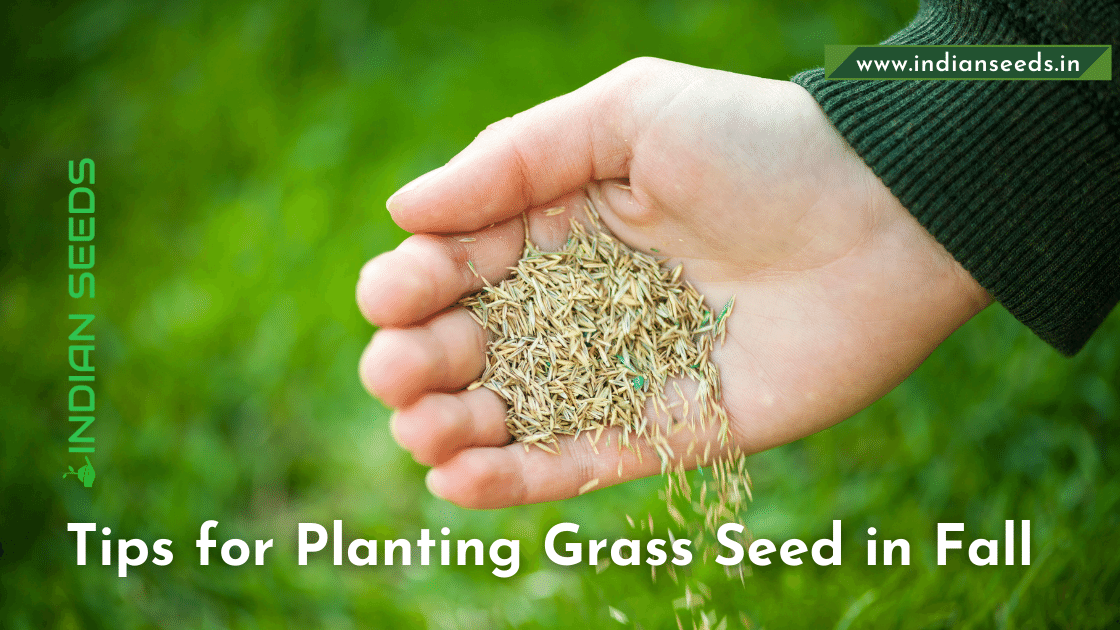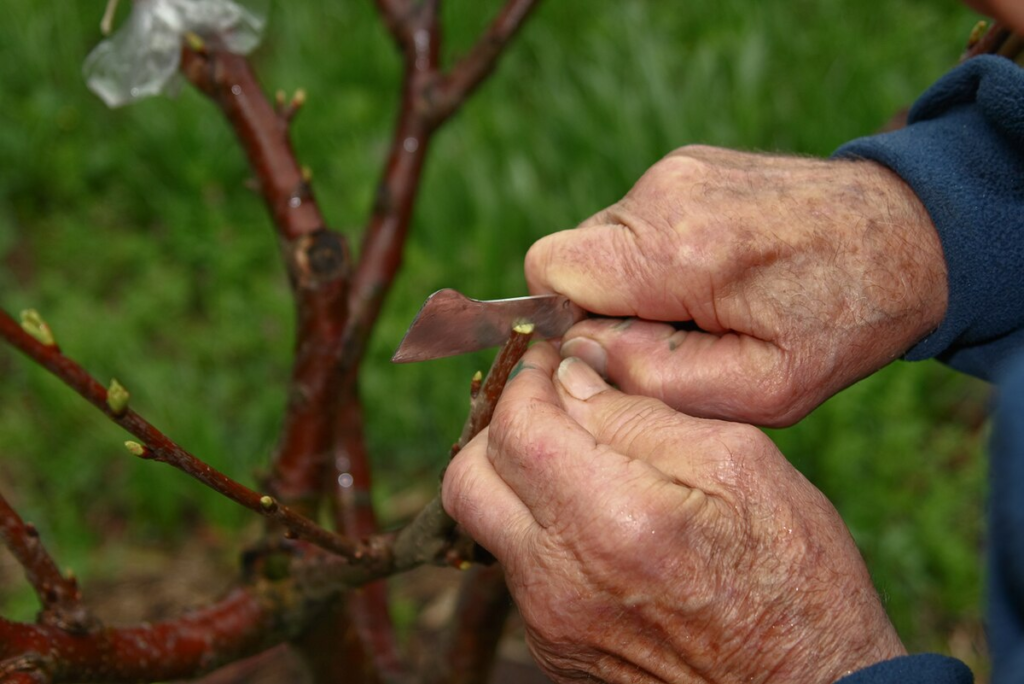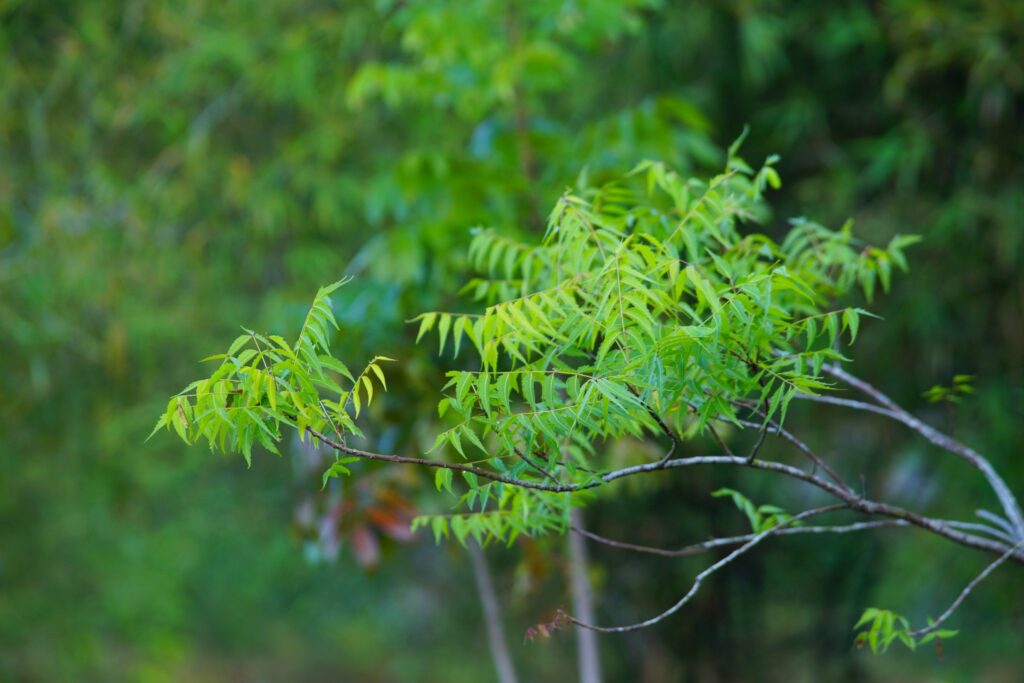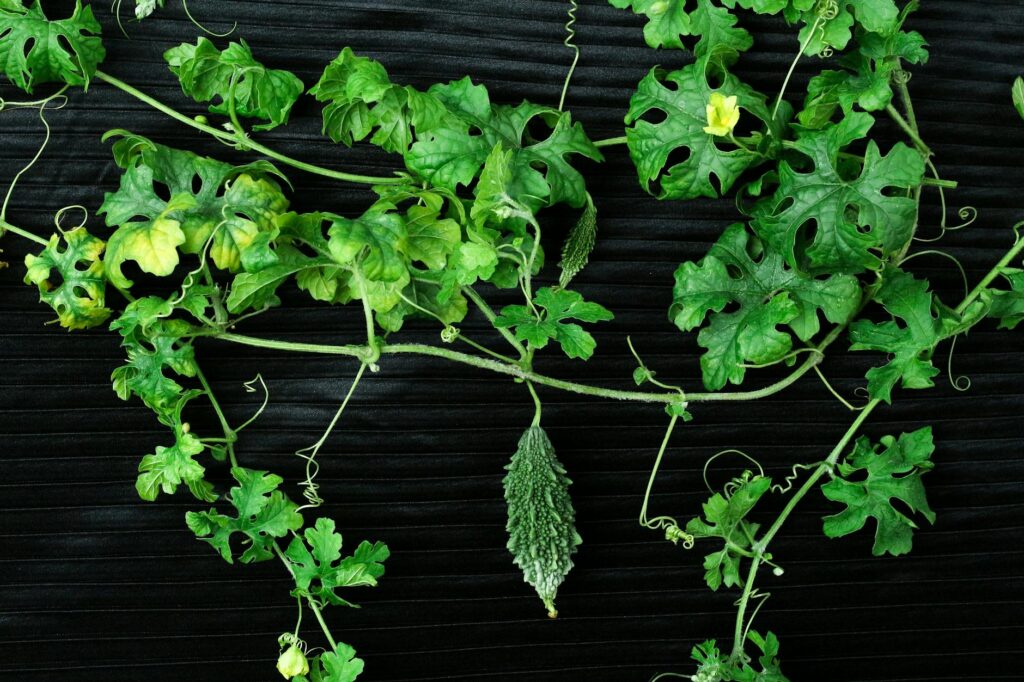Planting grass seed in fall can be tricky, but these tips will help you get the job done right so that your lawn grows quickly and looks great all season long. To get started, you’ll need to be sure you’re planting the correct type of grass seed for your climate, then prepare your lawn by raking out dead vegetation and loosening the soil to promote good root growth.
Once spring rolls around, you’ll want to water your new lawn frequently during its first few weeks to ensure healthy growth and prevent any dry spots from developing in your lawn.
Step for Planting Grass Seed in Fall
Step 1. Know What You Are Looking For
If you have grass seed not germinating, first look at your seed. There are three types of grass seed — Annual rye grass, Creeping Red Fescue and Kentucky Bluegrass. Annual Rye Grass (the green stripe) is a quick grower when temperatures are warm but turns brown if cold weather arrives before seeds have time to germinate.
Creeping Red Fescue has a slower growth rate than Annual Rye Grass or Kentucky Bluegrass and will also turn brown in colder weather.
Step 2. Get Ready For Winter
When fall arrives, you can also start preparing your yard and grass seed to be ready for winter. Weeds are not as of a concern because it’s too cold for them to thrive. You may need to top dress your lawn with compost at some point if your soil is particularly infertile or is low on minerals that promote root growth and health.
Top dressing, a natural addition to grass seed not germinating mix, is easy – just sprinkle it evenly over your lawn and water it in well. The best time to plant grass seed in fall is when temperatures stay above 50 degrees Fahrenheit during daylight hours. The ground should be moist but not wet, so don’t rush things! If you’re planting grass seed in fall, make sure to plant before frost sets in.
If you wait until springtime, your new plants will have no chance against hungry insects looking for their next meal. In fact, many insects will overwinter below ground and then emerge once new growth appears above ground. While there’s no guarantee that all of these bugs will find their way into your new plants’ roots before they have a chance to establish themselves, it’s definitely something worth avoiding!
Step 3. Prepare The Soil
Preparation is key to grass seed germination and lawn establishment. The soil must be able to support new roots as they emerge from each seed. This can be achieved by incorporating organic material into dry, bare soil. Rake your lawn so that it is smooth and free of debris. Then, if necessary, dig out tree stumps or other obstructions with a shovel or spade to make room for new grass seedlings.

Step 4. Water The Seed
Before you toss grass seed onto your lawn, soak it with water. This makes seed germination much more likely, and it will make your lawn green much sooner.
Step 5. Grass Seeds Sowing Method
If you’re sowing more than one type of seed, sow them at different times to prevent cross-pollination. Some people prefer planting in fall because there’s less competition with weeds; also, soil moisture levels tend to be higher during fall and winter months.
Here are some tips on how to plant grass seed in fall: * Spread seeds evenly over prepared soil; then lightly rake or water into soil. * Use fine mesh wire fencing or twine to mark off areas where you have planted seed. This prevents other types of seeds from growing in those areas.
Popular Grass Seeds in America
Bermuda Grass Seed, Buffalo Grass Seed, Centipede Grass Seed, Fescue Grass Seed, Kentucky Bluegrass Seed, Perennial Ryegrass Seed, St Augustine Grass Seed, Zoysia Grass Seed
Step 6. Fertilize The Grass
Once you have planted grass seed, it’s important to nourish your lawn. Fertilizing is a critical step in grass seed germination. One of the most common fertilizers used on new grass seed is called 21-5-9. This type of fertilizer contains nitrogen, phosphorus and potassium (or N-P-K). Nitrogen encourages strong leaf growth while phosphorus and potassium aid root development.
Step 7. Mulch the Areas Around The New Lawn
After you’ve watered your new lawn and waited a day or two, it’s time to mulch. Simply add about 2 inches of organic material (grass clippings, compost or even mulch) on top of any areas that aren’t completely covered with seed. The organic material will help with water retention and keep weed seeds from germinating.
Bonus Tip - Use A Soaker Hose To Avoid Staining Surrounding Areas
Regardless of what caused it, spotting stains on otherwise nice-looking areas is frustrating…not only for aesthetic reasons but because it means extra work for cleaning them up! Unfortunately sometimes these stains are unavoidable…or at least more costly than planting grass seed in fall in order to have a clean lawn come springtime.
Please let us know your feedback on this article on “Tips for Planting Grass Seed in Fall” in the comments👇













